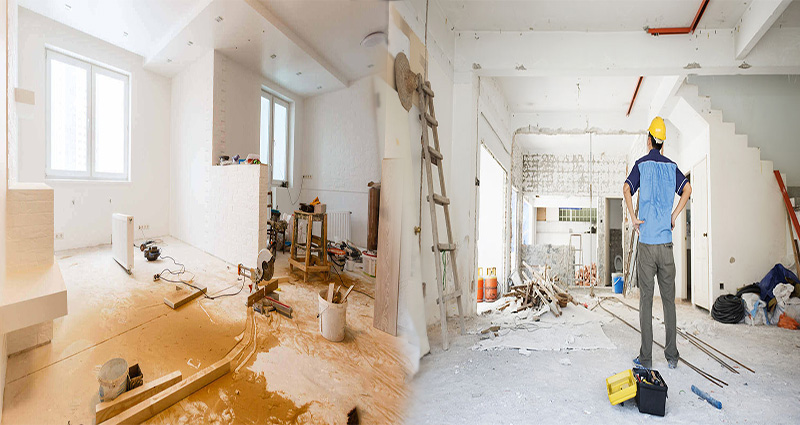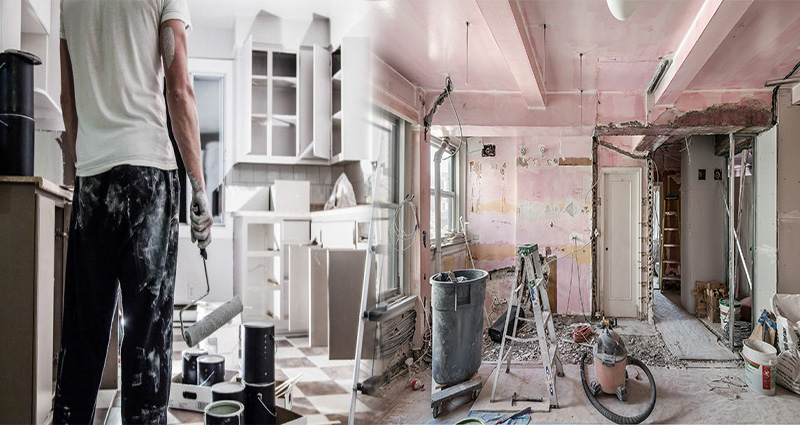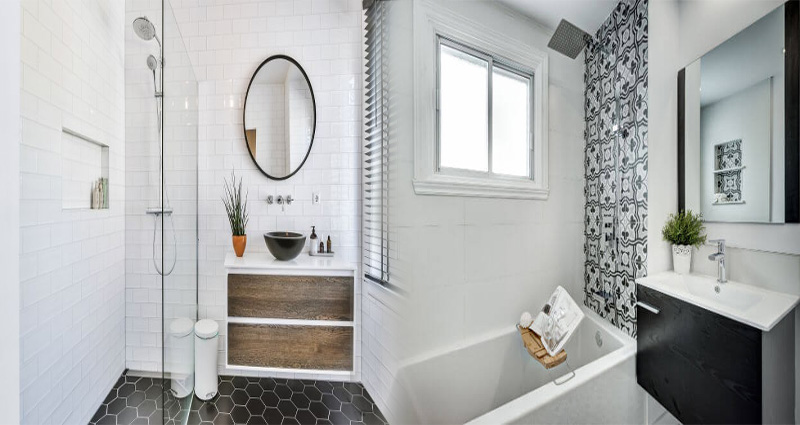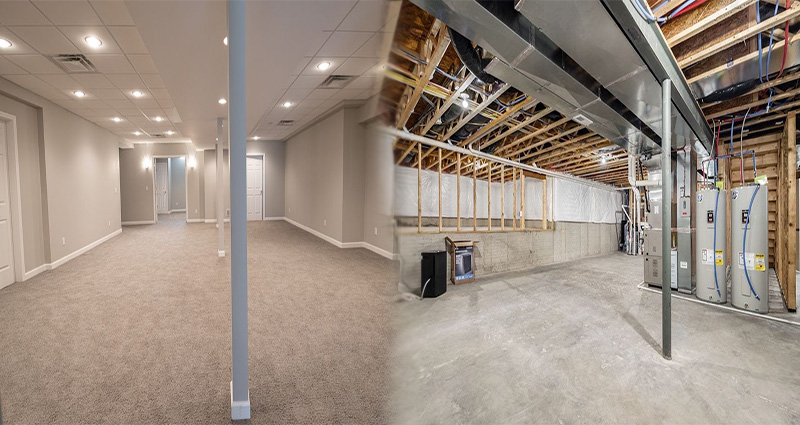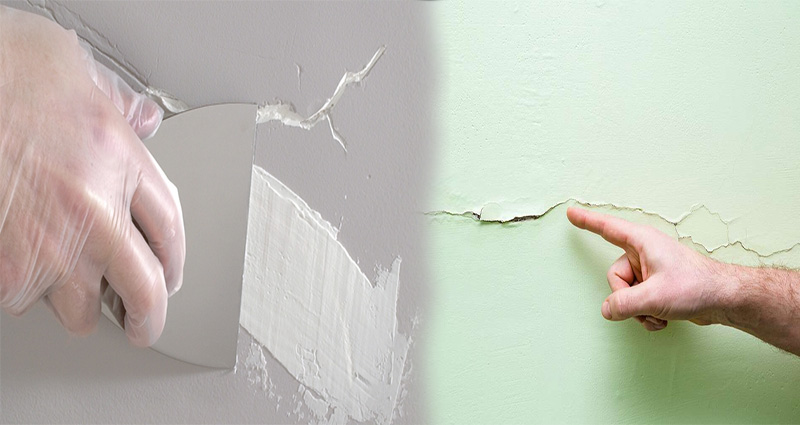Financing Renovations for Your Airbnb Investment
As an Airbnb host, one of the most important things you can do is renovate your home. This allows you to attract more guests, which means greater profits and easier management. The problem is that renovating a property can be costly, especially if you don’t know where to start. Fortunately, there are many financing options available for people who want to renovate their homes to accommodate AirBnB guests. In this article we will go over some of these options so that you can see how they might apply to your situation:
We are renovating an Airbnb investment in San Francisco.
When you purchase an Airbnb investment, it’s important to ensure that the property is in good condition.
A common mistake made by investors is that they don’t take time to properly evaluate their property before making it available on Airbnb. As a result, many of them end up with negative reviews from guests who were disappointed with their stay because there were issues such as moldy carpets or broken appliances.
To avoid this scenario, we recommend taking the following steps:
- Take inventory of all existing fixtures and appliances in your home before renting it out as an investment property.* Hire professionals (such as plumbers) if necessary to address any problems that may arise during your first few months of operation.* Contact us at [email protected] so we can help make sure everything works smoothly when you launch your Airbnb listing!
The renovations will take two months.
Renovations are a big … READ MORE >>>
Extensive Property Renovation Tips
There are many reasons to renovate a property, from wanting to create a rental asset to needing more space for your family. Whatever your motivation, the project can be overwhelming if you don’t do it right. That’s why we’ve put together this guide full of tips and tricks that will help you make sure your home renovation is as smooth as possible.
Never underestimate the cost of renovating.
When you’re planning a renovation, it’s important to be aware of all the costs involved. You may think that renovating an old home will be cheaper than building from scratch, but this isn’t always the case. The cost of materials and labour can vary significantly depending on the project. For example, if your house has asbestos in its walls (which many older homes do), then removing it will cost more than just replacing drywall with new insulation because there is special equipment required for safe removal.
The other thing to consider is clean-up after your renovations are complete: when doing extensive remodelling work such as knocking down walls or installing new floors or ceilings throughout an entire room or house; there’s bound to be some mess left behind by workers who were working on those projects during construction time periods where they aren’t able use certain tools like power drills yet because they haven’t been installed yet either so if someone walks around inside without shoes on their feet then they run risk being injured by stepping into something sharp while walking … READ MORE >>>
Budgeting Tips for a Bathroom Renovation
If you’re considering a bathroom renovation, you’ve probably heard that it’s one of the most expensive home improvement projects. It can also be one of the most rewarding — if you budget wisely and choose materials carefully. Consider these tips to help save money and make sure your bathroom renovation stays within budget:
Start with a budget.
The first thing you should do is create a budget. A good one will help you prioritize what needs to be done in the bathroom and how much money you have to spend on each item. It will also help keep track of where all that money is going, which can be helpful when it comes time to make decisions about whether or not something is worth spending more money on or if there are other ways around it.
Finally, having a budget means having less chance of overspending during renovations because every decision has been made by looking at how much each option costs before moving forward with any ideas for improvement or change (or even just cleaning).
Consider your needs.
When you’re planning a bathroom renovation, it’s important to consider your needs. You need to know what kind of lighting will work best for you and your family. Do you want a walk-in shower or tub? Do you have any mobility issues that would make access difficult? What kind of flooring would be most comfortable on your feet?
Once you’ve taken stock of all these factors, it’s time to start thinking … READ MORE >>>
The Ultimate Basement Finishing Guide
For many people, the basement is the perfect place for a man cave or a home gym. If you’re lucky enough to have a finished basement, you may wonder how to make it even better. This article will guide you through all of your options from improving the floor plan to adding extra bedrooms and bathrooms.
Use the basement floor plan
Basement floor plans are an essential tool for any basement finishing project. A good floor plan will help you to use your space effectively and stay within budget, while also ensuring that your finished basement will comply with local building codes.
Basement floor plans can be used in a variety of ways:
- To help determine which areas should be finished first so that other parts of the project don’t get delayed by waiting on materials or labor
- To show where plumbing and electrical lines run through the walls, so they can be easily accessed during construction (and after)
- As part of a larger set of blueprints for an entire home or building
Improve your basement’s lighting
- Use recessed lighting
- Use track lighting
- Combine both methods to create a unique look and feel in your basement, or simply use one or the other depending on how much of an investment you want to make on your home improvement project. Recessed lights are great because they don’t require any wiring or installation beyond drilling holes in the ceiling for the bulbs themselves; all you need to do is buy them and
How To Fix A Small Drywall Crack
If you’ve got a small crack in your drywall, it may seem like a disaster. But as long as the crack is less than an inch wide (and especially if it’s less than 1/2 inch), you can repair it yourself. Here’s how:
Step 1
- Prepare the area: Remove all loose drywall, clean it and then apply joint tape to the back of your patch.
- Apply joint compound: Use a putty knife or taping knife to apply a layer of drywall compound over both sides of the crack. Let this dry completely before sanding it smooth.
Step 2
The next step is to use an awl or screwdriver to make a small hole in the drywall. This will allow you to apply the drywall compound into the crack and around the anchor. A putty knife can then be used to remove any excess compound from around your repair area, giving it a clean look when finished.
Next, use an electric drill with a 3/16″ drill bit attached (or smaller) and press it against one side of your old drywall anchor until it breaks free from its holding power in your wall surface’s masonry layer (usually concrete).
Step 3
- Apply a small amount of joint compound to the crack.
- Let it dry completely, then sand it smooth with a fine-grit sandpaper. Repeat for additional cracks if necessary.
Step 4
Step 4: Sand the area with a drywall sander. This will smooth out any rough edges and help to ensure that the patch … READ MORE >>>

